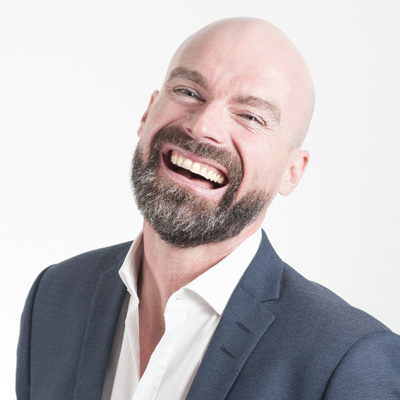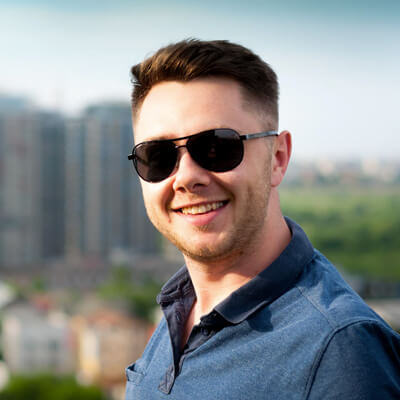(FUE)
Follicular unit extraction (FUE)
Follicular Unit Extraction (FUE) is a method of extracting, or “harvesting,” donor hair in a follicular unit hair transplant procedure. In the FUE Hair Transplant procedure an instrument is used to make a small, circular incision in the skin around a follicular unit, separating it from the surrounding tissue. The unit is then extracted (pulled) directly from the scalp, with tinny micro scar. The extracted follicle is then transplanted in the recipient area.
This process gives a natural look. FUE Hair Transplant has no large cuts involved and no stitching required. The procedure carried out for hair transplant is simple and takes less time. This minimally invasive process has significantly reduced the pain and downtime involved. The patients can start their routine work after fue hair transplant much faster than the traditional strip surgery. LIASC is providing the best FUE hair transplant in Karachi. Visit us now!
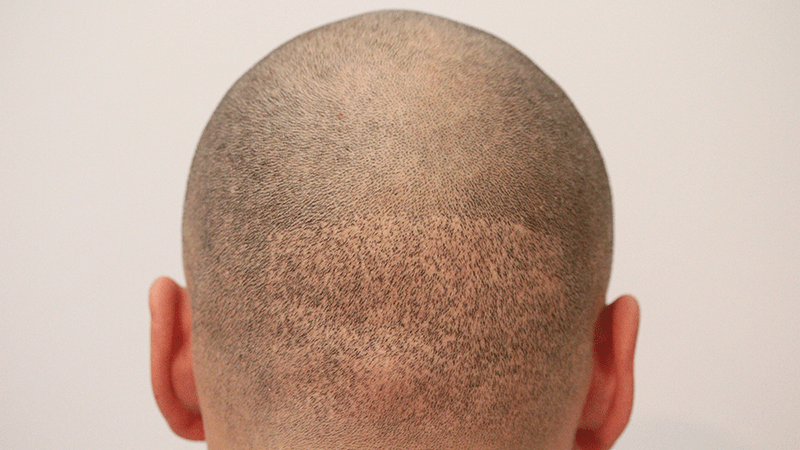
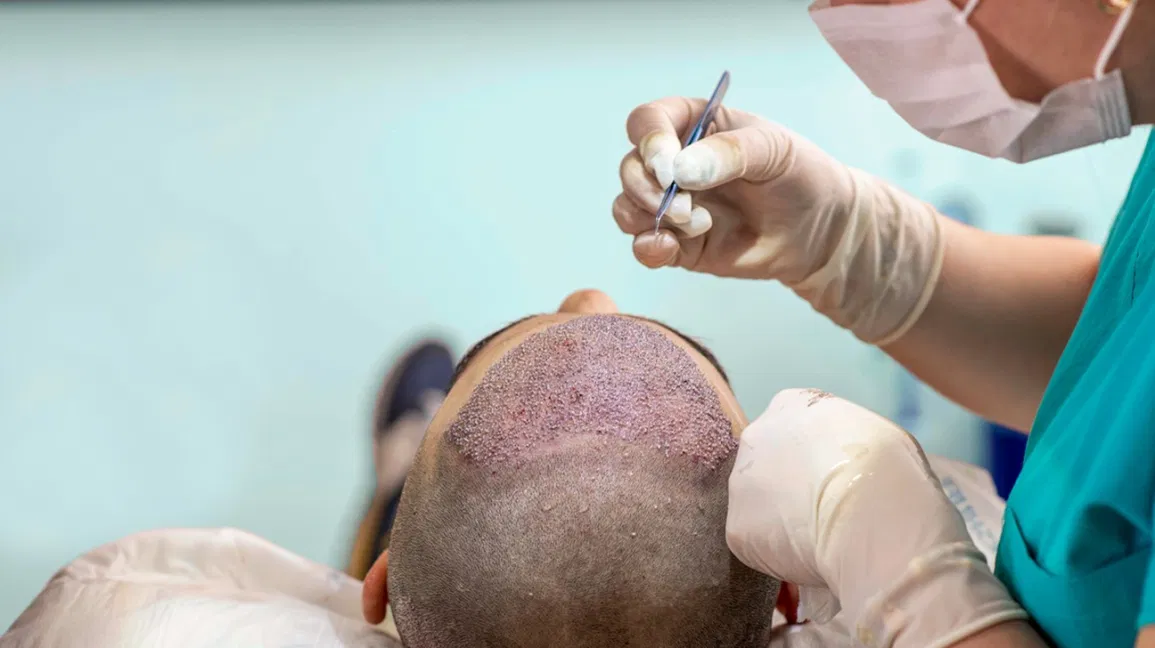
FUE Hair Transplant
Follicular Unit Extraction (FUE) is a method of extracting, or “harvesting,” donor hair in a follicular unit hair transplant procedure. In the FUE Hair Transplant procedure an instrument is used to make a small, circular incision in the skin around a follicular unit, separating it from the surrounding tissue. The unit is then extracted (pulled) directly from the scalp, with tinny micro scar. The extracted follicle is then transplanted in the recipient area.
This process gives a natural look. FUE Hair Transplant has no large cuts involved and no stitching required. The procedure carried out for hair transplant is simple and takes less time. This minimally invasive process has significantly reduced the pain and downtime involved. The patients can start their routine work after fue hair transplant much faster than the traditional strip surgery. LIASC is providing the best FUE hair transplant in Karachi. Visit us now!
Harvesting methods
With Follicular Unit Extraction or FUE harvesting, individual follicular units containing 1 to 4 hairs are removed under local anesthesia; this micro removal typically uses tiny punches of between 0.6mm and 1.0mm in diameter.
The surgeon then uses very small micro blades or fine needles to puncture the sites for receiving the grafts, placing them in a predetermined density and pattern, and angling the wounds in a consistent fashion to promote a realistic hair pattern. The technicians generally do the final part of the procedure, inserting the individual grafts in place.
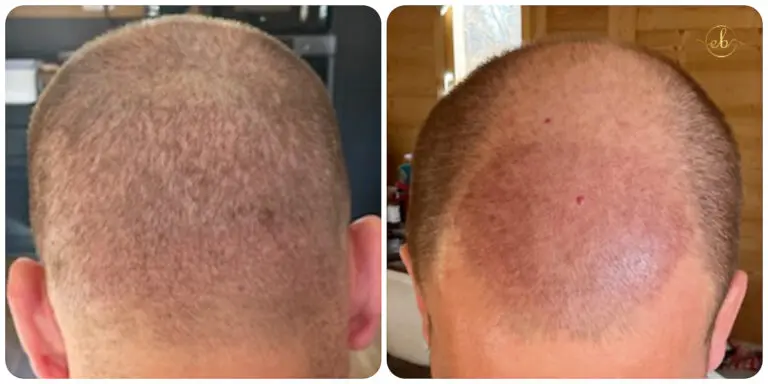
Make an Appointment
Book your appointment today for a personalized consultation. Whether you're interested in PRP treatment or other hair restoration solutions, our expert team is here to guide you through the process. Let's discuss how we can help you achieve your desired results.
Frequently Asked Questions
Hair restoration and PRP therapy can raise many common concerns among our clients. Below, we’ve compiled answers to frequently asked questions to help you better understand the PRP hair treatment process, its benefits, and what to expect during your journey to healthier hair. If you have any additional questions, feel free to contact our specialists.
-
What is PRP hair
treatment and how does it work?
PRP (Platelet-Rich Plasma) therapy involves drawing a small amount of your blood, processing it to extract the platelet-rich plasma, and injecting it into your scalp. The platelets release growth factors that stimulate hair follicles, promoting natural hair growth and improving hair thickness.
-
How
long does it take to see results from PRP hair treatment?
Most patients begin to see noticeable improvements within 3-6 months after starting PRP therapy. However, the timeline can vary based on individual hair growth cycles and the severity of hair thinning.
-
Is
PRP treatment painful?
The procedure involves minor discomfort since it uses small injections into the scalp. Most patients find the pain tolerable, and a numbing cream is often applied beforehand to minimize any discomfort.
-
How
many PRP sessions will I need?
Typically, a series of 3-4 sessions spaced 4-6 weeks apart is recommended to achieve optimal results. After the initial treatments, maintenance sessions every 6-12 months may be suggested to sustain hair growth.
-
Are
there any side effects of PRP hair treatment?
PRP treatment uses your own blood, so the risk of adverse reactions is minimal. Some mild swelling, redness, or tenderness at the injection site may occur but typically resolves within a few days.

